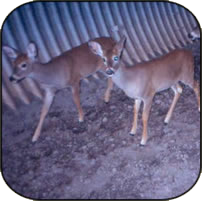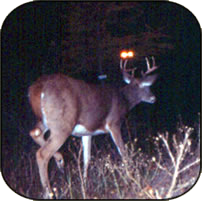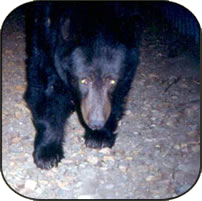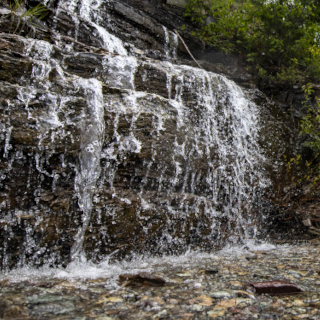Highway Fragmentation in Wildlife Populations
Use of modified highway culverts by small mammals.
We have been studying small mammal use of modified culverts using remote sensing cameras in an effort to develop effective methods to reduce population fragmentation following highway development. Ramps and shelves have been built to allow animal movement under the highway through drainage culverts even while water is present. This research was funded by the Montana Department of Transportation. I hold the patent for the animal shelves developed as a result of this research and market these products through the company, Critter-Crossing Technology; for additional information contact krfcct@bresnan.net.
The effects of highways on fragmentation of small mammal populations and modifications of crossing structures to mitigate such impacts. Final Report, FHWA/MT-04-005/8161, March 2004. 39 pp.
Recent Montana Outdoors Article (PDF)
Videos: Deer Mouse, MAFL, TAHU, FEDO, ERDO.
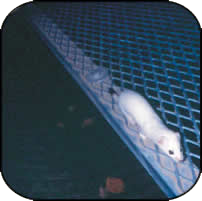
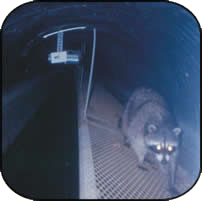

Identification of wildlife activity along Montana Forest Highway 56 Thompson River leading to the mitigation of proposed highway improvement.
The Federal Department of Transportation is considering highway modifications of Montana Forest Highway 56 which runs approximately 39 miles along the Thompson River corridor in northwestern Montana. These modifications will include straightening, widening, and paving of the existing gravel road. In order to gain the necessary information about potential impacts of this construction on fragmentation of wildlife we studied the wildlife populations along the entire corridor. Information collected allowed us to determine where particular species might be most impacted and from this information we will be able to provide potential solutions to mitigate for these impacts (e.g., construction of wildlife overpasses/ underpasses). Snowtracking, radiotelemetry with GPS collars, and remote cameras were used. During the 6-month period between January and July we obtained over 4,000 GPS locations on each of 6 Bighorn ewes!
Three full-time technicians helped with this research - Shawn Cleveland, Brady Dunne and Michael Krebs.

